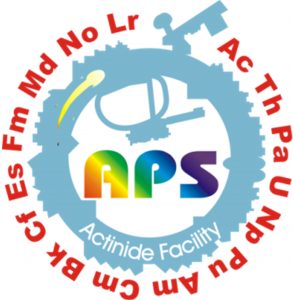Separation Science group is seeking applications for a postdoctoral research associate to conduct fundamental research using computational methods in the area of chemical separations.
The successful candidate will join a diverse team of experts to address challenging, fundamental questions in chemical separations, the answers to which will inform a more energy efficient and environmentally aware nation. The team includes staff and postdoctoral fellows with diverse backgrounds in inorganic, analytical and physical chemistry, as well as condensed matter physics. They will have the opportunity to work with the computational facilities and advanced instrumentation available at Argonne National Laboratory, including the Advanced Photon Source.
The candidate will be expected to contribute theoretical and modeling insights to the group’s efforts to understand the physical and chemical factors enabling low-energy separations, including liquid-liquid extraction, with applications focusing on the f-elements. As a contributor to a group effort, the candidate will have the opportunity to lead a study, including the preparation of manuscripts and the presentation of their research in a national forum.
Position Requirements
Position Requirements Include:
-
A Ph.D. in chemistry, chemical engineering, physics or a related field at the time of start date.
-
Significant research experience with condensed phase molecular simulation, including molecular dynamics or Monte Carlo methods.
-
The ability to design and conduct research addressing fundamental scientific questions.
-
Excellent oral and written communication skills.
Preferred Qualifications Include:
-
Knowledge of liquid phase equilibria.
-
Experience with grand canonical ensemble molecular simulation.
-
Experience with free energy methods in molecular simulation.
-
A basic understanding of chemical separations and experimental techniques commonly applied to liquid-liquid extraction, such as small angle scattering or NMR, IR or Raman spectroscopy.
To Apply: Click Here


